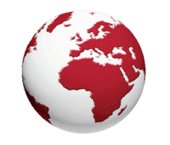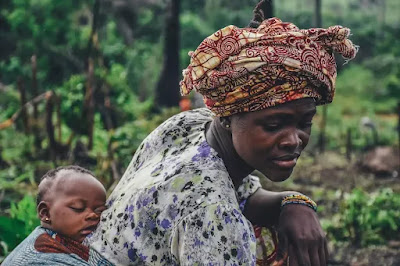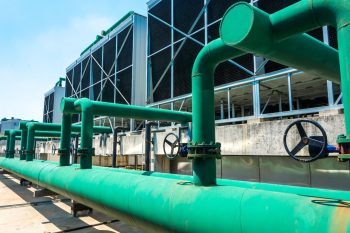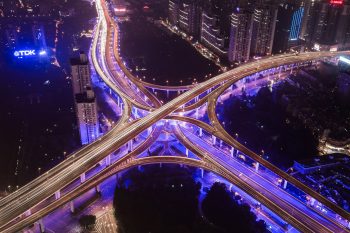AGRIVOLTAICS: Combining crops and solar panels is allowing Kenya to ‘harvest the sun twice’ – World Economic Forum
Syndicated By GEO’ PR Wire – Gibraltar
There is huge potential for solar energy in Africa, but installing the arrays can have an impact on local ecosystems.
Agrivoltaics is the simultaneous use of land for growing crops and generating electricity with photovoltaic panels. The first Agrivoltaic array has opened in Kenya after successful trials in Eastern Africa. The panels are mounted high enough for crops to be grown underneath, sheltering them from the sun and allowing rainwater harvesting.
In a region where energy security poses real challenges, but sunlight is not in short supply, solar electricity seems an obvious solution for much of Africa. But the answer isn’t as simple as that.
Installing vast arrays of photovoltaic (PV) panels often means clearing swathes of land to bare soil. This has an impact on land sustainability, affecting soil stability, water retention, carbon sequestration and biodiversity. And there is often competition for land, which is also needed for food production.
But a new trial planting crops beneath the panels has shown some promising results in Eastern Africa.
Known as Agrivoltaics, the system is about more than just overcoming land use conflict. It uses the shade provided by the PV set-up, as well as rain water harvesting, to provide a more nurturing environment for crops than if they were planted in open fields.
Combining solar energy and agriculture
The first Agrivoltaic system in East Africa opened in early 2022 in Insinya, Kenya, through a combined effort from the Universities of Sheffield, York and Teesside in the UK, the Stockholm Environment Institute, World Agroforestry, the Centre for Research in Energy and Energy Conservation, and the African Centre for Technology Studies.
Instead of being mounted close to the ground like traditional solar arrays, these panels are constructed several metres high, with gaps in between them. This allows crops to be grown underneath, protected from heat stress and water loss.
The favourable growing conditions also mean that a greater range of higher value crops can be grown, improving farmer incomes in disadvantaged rural areas. And areas which were previously unviable as growing environments may now be used.
Because of this, the team says the system is akin to “harvesting the sun twice”.
Professor Sue Hartley, project lead and Vice-President for Research at the University of Sheffield, said: “This project is an excellent example of how ground-breaking interdisciplinary research can deliver really significant benefits to communities. It’s really exciting to see this research being showcased in Kenya in this way, and I’m confident the event will stimulate even greater interest in the potential of this novel technology.”
Meeting Africa’s energy needs
Africa’s renewable energy potential is 1,000 greater than it’s projected electricity demand by 2040, according to the International Renewable Energy Agency (IRENA). By that date, the share of renewables in southern and eastern Africa could grow to 63%, up from a fifth in 2016. Currently, more than half of the continent’s energy supply comes from fossil fuels, which also make up 40% of its exports.
About WEF [World Economic Forum]
The Forum engages the foremost political, business, cultural and other leaders of society to shape global, regional and industry agendas.
It was established in 1971 as a not-for-profit foundation and is headquartered in Geneva, Switzerland. It is independent, impartial and not tied to any special interests. The Forum strives in all its efforts to demonstrate entrepreneurship in the global public interest while upholding the highest standards of governance. Moral and intellectual integrity is at the heart of everything it does.
Learn More /… About GEO´ PRWire Channel
Our PR Wire Channel Management Team provide direct, immediate, highly cost-effective access to our entire Geopolitical contacts network including our proprietary userbase of 132k individually named & profiled CSuite influencers and policy makers, across the Banking & Finance, Insurance, Manufacturing, Technology, Aviation and Maritime industries as well as NGO’s and Government Departments Worldwide. A recent userbase survey revealed that they have a collective annual spending power in excess of €370 million.
Learn More /… 







